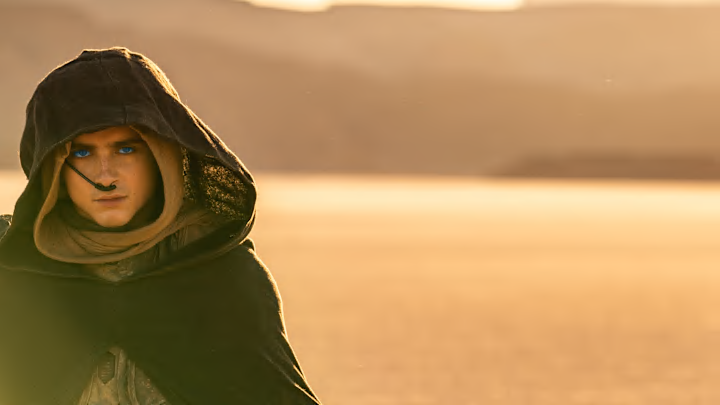3. Children of Dune (1976)

Now we come to one of my favorite books of all time: Children of Dune by Frank Herbert. This is the third book in the Dune series and the conclusion of the original trilogy that started with Dune and continued with Dune Messiah.
Beware SPOILERS AHEAD!
Children of Dune takes place nine years after the events of Dune Messiah, in which Paul Atreides, the messianic leader of the Fremen and the Emperor of the Known Universe, walked into the desert blind, leaving behind his pregnant concubine Chani and his sister Alia. Now his twin children, Leto and Ghanima, are 9 years old and have inherited their father's prescient abilities and ancestral memories. They are the target of various factions that want to use them for their own agendas, including the Bene Gesserit, who want to breed them as part of their genetic program; the Spacing Guild, who fear their ability to disrupt their monopoly on space travel; and Alia herself, who has succumbed to madness and has been possessed by her grandfather, Baron Vladimir Harkonnen.
The book deals with the themes of identity, family, loyalty, and sacrifice, as Leto and Ghanima try to escape their fate and find their father while also confronting the dangers of their own power and the legacy of their bloodline. The book explores some of the philosophical concepts that Herbert introduced in the previous books, such as the nature of prophecy, free will, ecology, religion, politics, and human evolution.
One of my favourite moments in the book is when Leto undergoes a radical transformation that changes him forever. He decides to merge with the sandtrout, the larval form of the sandworms that produce the spice melange, the most valuable substance in the universe. By doing so, he becomes a hybrid being that can control the spice cycle and shape the future of humanity. He also gains a near-immortality and a godlike power that makes him both revered and feared. He sacrifices his humanity for a greater purpose: to save his people from stagnation and extinction.
This quote from Leto explains his choice: "I am a desert creature. It is in my flesh - my poor Atreides flesh. I am a creature from a wet planet. But I have seen through my father's eyes. I have seen what he saw out there in his agony on Arrakis. He saw eternity ... He saw that we must leave our pasts behind us or we will die out here ... We must change or we'll become fossils."
I think this quote captures the essence of Herbert's vision: that humanity must adapt to new environments and challenges, or else it will perish. He also shows that change comes with a price: that we must let go of our old selves and embrace our new ones.
